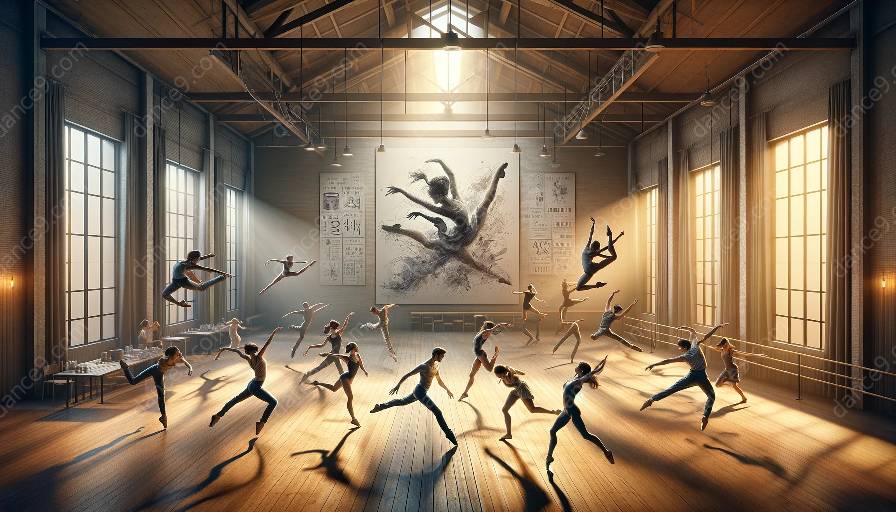Choreography is a rich and complex art form that goes beyond the mere arrangement of movements. It has deep-rooted psychological dynamics that shape the creative process, the interpretation of movements, and the experience of both the choreographer and the audience.
The Creative Process
At the heart of choreography lies an intricate dance between the mind and body. The choreographer's creative process often begins with an internal exploration of emotions, experiences, and ideas. This psychological journey influences the choice of movements, the structure of the piece, and the overall aesthetic of the choreography. Through introspection and self-awareness, choreographers tap into their psychological depths to express their vision through movement.
Furthermore, the process of choreographing involves a constant negotiation between the conscious and unconscious mind. It requires the choreographer to unleash their creativity while also honing technical skills and adhering to choreographic techniques. This delicate balance between spontaneity and discipline creates a fertile ground for psychological exploration and innovation.
Emotional Expression and Communication
In choreography, movements are imbued with emotional content and serve as a form of non-verbal communication. The psychological dynamics at play here are multifaceted, involving the interpretation and embodiment of emotions by the dancers and the reception of those emotions by the audience.
Choreographers use their understanding of psychology to craft movements that evoke specific emotions, convey narratives, and elicit visceral responses. They consider the psychological impact of sequences, transitions, and dynamics to create a cohesive and emotionally resonant piece. As a result, choreography becomes a potent medium for exploring the human psyche and establishing profound connections with the audience.
Mind-Body Connection
Choreography is an embodiment of the mind-body connection, highlighting the intricate relationship between mental and physical elements. Dancers internalize the psychological nuances of choreography, translating them into physical expressions through their bodies. This process involves a blend of kinesthetic awareness, emotional intelligence, and sensory perception.
Moreover, the performance of choreography requires dancers to embody the psychological nuances of the choreographer's vision while infusing their own personal experiences and interpretations. This interplay between the choreographer's psychological intent and the dancer's embodied expression creates a layered and compelling performance that transcends mere technical proficiency.
Choreography as Self-Discovery
For choreographers and dancers alike, the process of engaging with choreography can be a transformative journey of self-discovery. As they delve into the psychological dynamics of movement creation and interpretation, they unravel aspects of their own psyche, emotions, and physicality.
This self-exploration through choreography often leads to profound insights, personal growth, and a heightened awareness of the interconnectedness of body and mind. Choreographers and dancers discover new layers of themselves through the act of choreographing, reinforcing the psychological depth and significance of this art form.
Conclusion
The psychological dynamics of choreography form an intricate tapestry of creativity, emotion, and self-discovery. This topic cluster has delved into the profound interplay between psychology and choreography, shedding light on its impact on the creative process, emotional expression, mind-body connection, and personal growth. By understanding the psychological underpinnings of choreography, one gains a deeper appreciation for the art form and its capacity to move, inspire, and enrich the human experience.






































